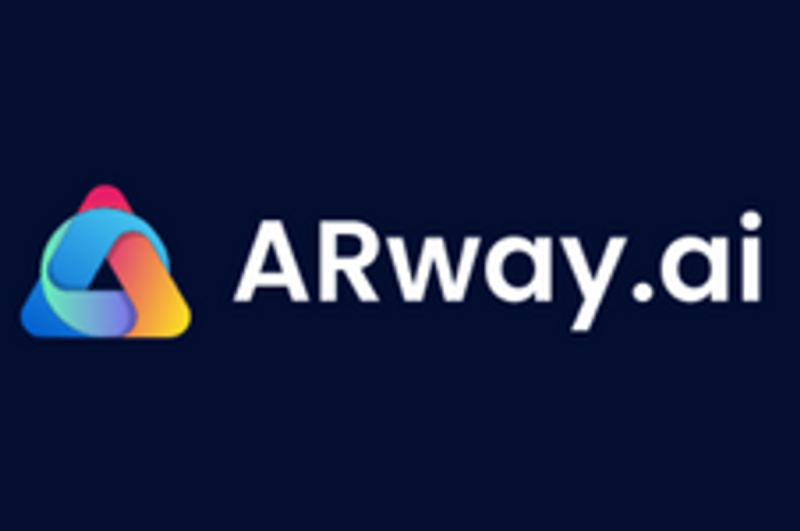Arway AI Releases SDK 3.0: Marking a Major Upgrade for its Spatial Computing Platform
Arway AI has recently announced the release of SDK 3.0, a significant upgrade to its Spatial Computing Platform. This development marks a pivotal moment for the company, as it introduces a host of new features and improvements aimed at revolutionizing the way users interact with augmented reality (AR) applications.
One of the key highlights of SDK 3.0 is the enhanced spatial mapping capabilities. The new SDK leverages advanced algorithms and computer vision techniques to create more accurate and detailed spatial maps, allowing for a more immersive and realistic AR experience. This enhanced spatial mapping also enables better object recognition and tracking, making it easier for users to interact with virtual objects within their physical environment.
Another major improvement in SDK 3.0 is the addition of gesture recognition technology. By incorporating cutting-edge gesture recognition algorithms, Arway AI has made it possible for users to control AR applications using simple hand gestures. This hands-free interaction not only enhances user experience but also opens up new possibilities for innovative AR applications in various industries, such as gaming, education, and retail.
In addition to spatial mapping and gesture recognition, SDK 3.0 also introduces improved localization and tracking features. The new SDK offers more robust localization capabilities, ensuring that virtual objects are anchored more accurately in the physical world. This enhanced tracking functionality allows for smoother AR experiences, with virtual objects maintaining their position and orientation more consistently as users move around.
Furthermore, Arway AI has focused on optimizing performance in SDK 3.0, making the platform more efficient and responsive. By streamlining processes and reducing latency, the new SDK delivers a smoother and more seamless AR experience, even on lower-end devices. This optimization not only benefits end-users but also developers, who can now create more complex and interactive AR applications without compromising performance.
In conclusion, the release of SDK 3.0 by Arway AI represents a significant milestone in the evolution of spatial computing and augmented reality technology. With enhanced spatial mapping, gesture recognition, localization, tracking, and performance optimizations, the new SDK promises to unlock a new level of creativity and interactivity in AR applications. As Arway AI continues to push the boundaries of spatial computing, we can expect to see even more exciting developments in the field of augmented reality in the near future.
